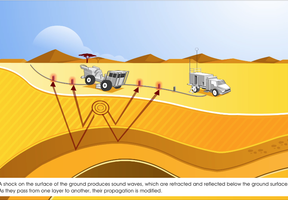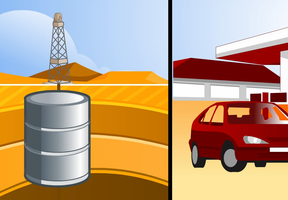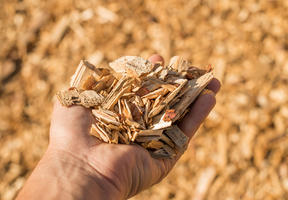Petrochemicals, from Naphtha to Plastic
2 min read
Petrochemicals are derived from petroleum — primarily naphtha and natural gas — and, increasingly, from .
Petrochemical plants use steam crackers to naphtha to 800°C, which breaks down (“cracks”) into lighter hydrocarbons known as intermediates. The olefins and aromatics obtained then undergo further processing to produce a wide array of products, such as plastics or solvents.
Plastics are obtained by , a chemical reaction that creates a repetitive chain of small molecules that form longer chains known as polymers. The polymers in pellet or powder form are then processed into all kinds of plastic materials. In addition to being sturdy and malleable, plastic has the added advantage of being lightweight. This makes it particularly attractive to many businesses looking to reduce their environmental impact.



















